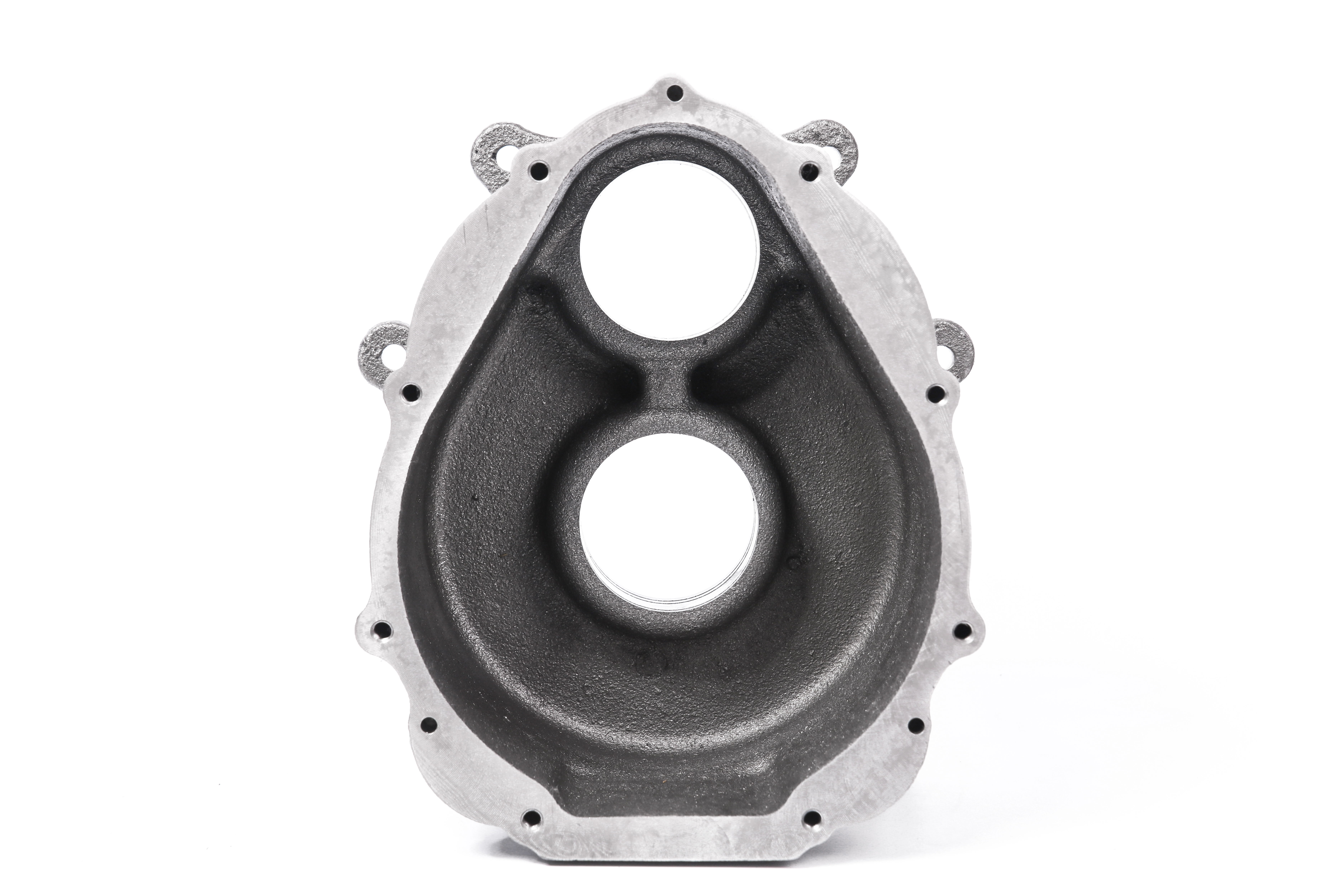Mobile:+86-311-808-126-83
Email:info@ydcastings.com
Aluminum Ingot Casting Process and Techniques for Optimal Metal Production
The Process of Aluminium Ingot Casting An Overview
Aluminium is one of the most versatile and widely used metals in the world. Known for its lightweight, strength, and corrosion resistance, it finds applications across various industries, including aerospace, automotive, construction, and consumer goods. A significant part of aluminium production involves the casting process, particularly the creation of aluminium ingots, which serve as the foundation for countless products.
Understanding Aluminium Ingot Casting
Aluminium ingot casting is the process of pouring molten aluminium into molds, where it solidifies into solid blocks or shapes known as ingots. These ingots are later processed into various forms through techniques such as extrusion, rolling, or machining. The casting process is not just about producing aluminium; it also involves refining and preparing the metal to meet specific standards for quality and purity.
The Melting Process
The first step in aluminium ingot casting is the melting of aluminium. This is typically done in large furnaces where scrap aluminium or primary aluminium (derived from bauxite ore) is heated to temperatures exceeding 660 degrees Celsius. During this phase, impurities are removed, and alloys may be added to enhance the properties of the final product. Crucial to this process is maintaining a controlled atmosphere, often through the use of inert gases, to prevent oxidation and contamination.
Molding Techniques
Once the aluminium is molten, the next step is pouring it into molds. Various molding techniques can be employed, depending on the desired characteristics of the ingot. The most common methods include
1. Sand Casting In this traditional method, molds are made from sand and filled with molten aluminium. While this technique is versatile and cost-effective for small batches, it may not provide the best surface finish or dimensional accuracy.
aluminium ingot casting

2. Die Casting This involves forcing molten aluminium into steel molds under high pressure. Die casting produces high-quality ingots with excellent dimensional accuracy and surface finish. This method is suitable for high-volume production and complex designs.
3. Continuous Casting In this modern technique, molten aluminium is poured into a continuous casting machine, forming a continuous strand that is then cut into ingots. This method offers high efficiency and is often used for large-scale production.
Cooling and Solidification
After the molten aluminium is poured into the molds, it begins to cool and solidify. The rate of cooling is critical as it affects the microstructure of the ingot. Proper cooling ensures a uniform grain structure, which contributes to the ingot's overall mechanical properties. Once solidified, the ingots are removed from the molds and may undergo further processing, such as trimming and inspection, to meet quality standards.
Quality Control and Testing
Quality control is an essential aspect of aluminium ingot casting. The produced ingots are subjected to various tests to assess their chemical composition, mechanical properties, and surface quality. Techniques such as spectrometry are used to ensure that the alloy meets specified standards. Additionally, non-destructive testing methods, including ultrasonic testing and X-ray inspection, can detect any internal defects that could compromise the integrity of the ingots.
Conclusion
Aluminium ingot casting is a crucial process in the aluminium industry, transforming molten metal into useful forms that can be further processed into a wide range of products. The combination of advanced melting techniques, precise molding methods, and rigorous quality control ensures that the ingots produced meet the high standards required by various industries. As technology continues to evolve, these casting processes are likely to become even more efficient, contributing to the sustainability and versatility of aluminium as a material of choice. The future of aluminium ingot casting looks promising, with innovations aimed at reducing waste and energy consumption while enhancing the quality of the final products.
-
Why Should You Invest in Superior Pump Castings for Your Equipment?NewsJun.09,2025
-
Unlock Performance Potential with Stainless Impellers and Aluminum End CapsNewsJun.09,2025
-
Revolutionize Your Machinery with Superior Cast Iron and Aluminum ComponentsNewsJun.09,2025
-
Revolutionize Fluid Dynamics with Premium Pump ComponentsNewsJun.09,2025
-
Optimizing Industrial Systems with Essential Valve ComponentsNewsJun.09,2025
-
Elevate Grid Efficiency with High-Precision Power CastingsNewsJun.09,2025











